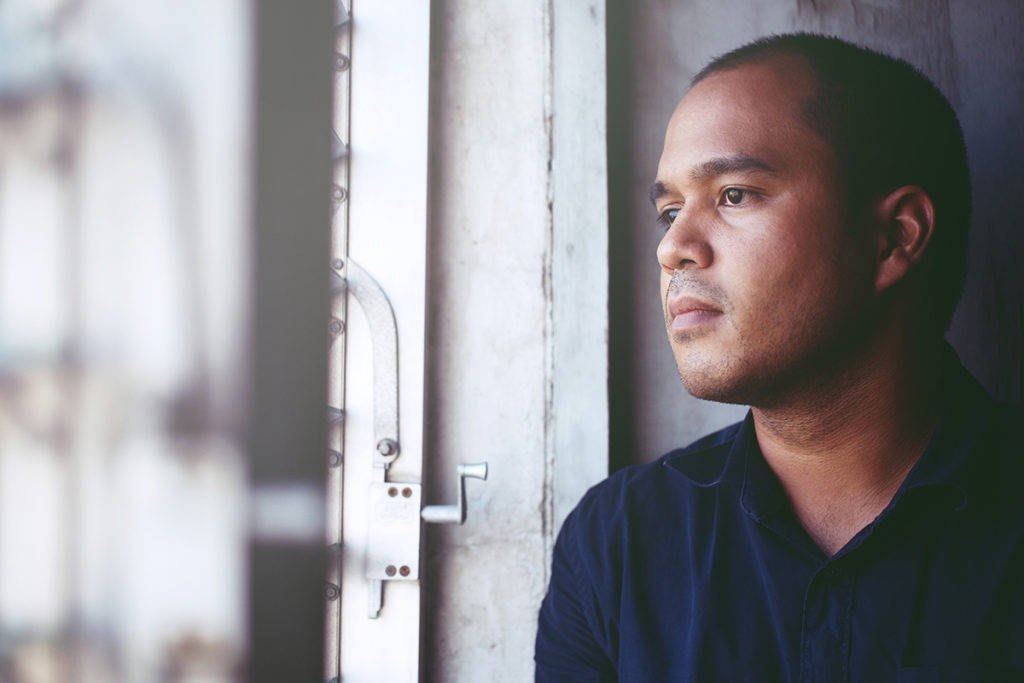Neighborhoods where higher concentrations of same-sex couples reside also have higher concentrations of tobacco retailers, according to a study from the University of North Carolina Gillings School of Global Public Health. The use of tobacco products is known to be more common among the LGBT population (36 percent, compared to 24 percent of the general population, according to the 2012-13 National Adult Tobacco Survey), and this new research suggests that the availability of these products may contribute to higher use rates and difficulty quitting. The many serious health risks associated with smoking combined with the significantly elevated rates of smoking and other tobacco use in the LGBT population has led some experts to declare that tobacco is the single greatest health problem facing this community. Despite this, the threat of tobacco use is generally overshadowed by the threats of HIV/AIDS, psychological disorders and alcohol or illegal drug use.
Ready Availability May Increase Heavy Smoking, Disrupt Quitting
The Gillings School study was led by doctoral candidate Joseph G. Lee, MPH. Lee and his fellow researchers examined the association between a list of tobacco retailers in 97 U.S. counties and 2010 census data concerning the number of same-sex couples per 1,000 households. The researchers found that areas where there was a greater density of tobacco retailers also had a greater number of same-sex couples. The study found an association between both male and female same-sex couples and tobacco retailer density; however, after controlling the results for various characteristics such as urbanicity and the concentration of ethnic minorities, only the association between male same-sex couples and the higher density of tobacco retailers was found to be statistically significant. Lower income areas and areas with larger populations of racial and ethnic minorities also tended to have a higher density of tobacco retailers. The presence of more tobacco retailers reduces the effort required to purchase tobacco products and increases exposure to tobacco marketing and other purchasing cues. The presence of these cues may make it significantly more difficult for people to avoid making impulse purchases of tobacco products and to quit smoking. It may also contribute to tobacco users smoking more cigarettes per day than they would if tobacco products were not so readily available.
There May Be More to Tobacco Use Than the Minority Stress Model
The new study suggests that there may be more to the higher rates of tobacco use in the LGBT community than the widely accepted minority stress model. The minority stress model contends that the tobacco use disparity in this community is due to the social stigma, family friction, discrimination, personal struggle for identity and other stressors that LGBT people often face. Plenty of research supports the minority stress model, and the Gillings School does not show enough of a disparity on the concentration of tobacco retailers to fully explain tobacco use disparities on its own. Nevertheless, the results of the new study do suggest that additional factors such as the neighborhood environment may contribute to the tobacco use disparities and may need to be addressed in anti-tobacco campaigns that target the LGBT community.






